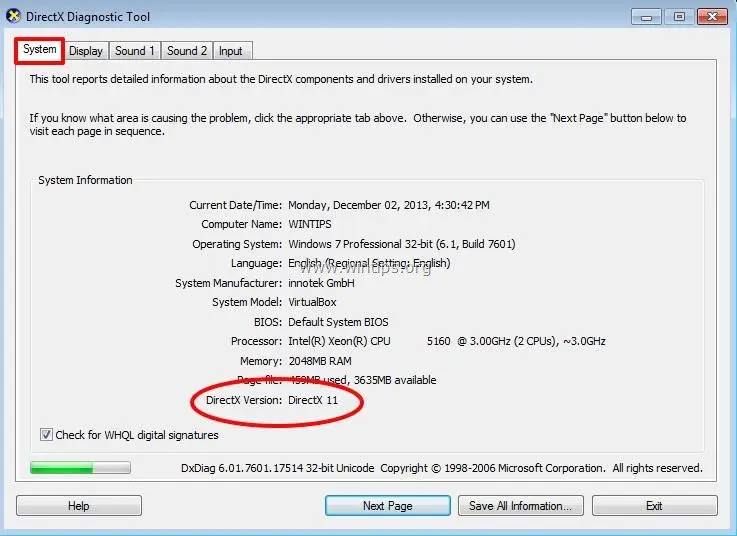
# Duet Display and other display extension softwareĭisplay extension software like Duet Display installs a fake graphics card which is not capable of the same features as a real graphics card. Remove intrusive security software from the PC that could prevent Wallpaper Engine from accessing your graphics card. If your card does support it and you get this error, then try reinstalling the latest driver (or an older, more stable driver). If you have an old card, installing DirectX 10 will not fix this problem if your graphics card does not support DirectX 10 on hardware level.
Use the Wallpaper Engine analysis tool to create a debug logĮnsure your graphics card actually supports DirectX 10 by doing a web-search on the exact name of your card.  Desktops with Integrated and Dedicated GPU Perform Poorly (dwm.exe). Performance issues / low FPS with certain games or applications. Limiting audio visualizers to music players. Sound / audio turns on and off intermittently. No Sound Playing / Audio Output Problems. Audio visualizers do not work / no sound detected. Video freezes / stuttering / bad performance. Exclude certain wallpapers from the search. Preview images / search results not showing. Wallpaper Engine window not displayed correctly. BattlEye anti-cheat terminating Wallpaper Engine. Duet Display and other display extension software. Android - Frequent Questions and Problems. Wallpaper Engine missing in Steam Library. "Content file locked" / Disk Write Error. Wallpaper Engine on the Windows lock screen. Centering wallpaper with monitors of different resolutions. Playlist Causes focus loss / minimizes games. There is no standalone *download for 11.x. You need to have installed Service Pack 1, at least, to be updated to the latest DirectX. There is no standalone download for 11.x. You should have the latest DirectX included and updated through Windows Updates. Once again, Windows 8, 8.1, RT 8.1, and even server 2012 comes with DirectX 11.x.
Desktops with Integrated and Dedicated GPU Perform Poorly (dwm.exe). Performance issues / low FPS with certain games or applications. Limiting audio visualizers to music players. Sound / audio turns on and off intermittently. No Sound Playing / Audio Output Problems. Audio visualizers do not work / no sound detected. Video freezes / stuttering / bad performance. Exclude certain wallpapers from the search. Preview images / search results not showing. Wallpaper Engine window not displayed correctly. BattlEye anti-cheat terminating Wallpaper Engine. Duet Display and other display extension software. Android - Frequent Questions and Problems. Wallpaper Engine missing in Steam Library. "Content file locked" / Disk Write Error. Wallpaper Engine on the Windows lock screen. Centering wallpaper with monitors of different resolutions. Playlist Causes focus loss / minimizes games. There is no standalone *download for 11.x. You need to have installed Service Pack 1, at least, to be updated to the latest DirectX. There is no standalone download for 11.x. You should have the latest DirectX included and updated through Windows Updates. Once again, Windows 8, 8.1, RT 8.1, and even server 2012 comes with DirectX 11.x. 
There is no standalone download for 11.x or 12.x. Windows 10 and Server 2016 should have the latest DirectX (11.x or 12.x) included and updated through *Windows Updates. At the bottom of that, you'll see DirectX Version listed. Under the System tab, there's a System Information section. This brings up the DirectX Diagnostic Tool (dxdiag). To check what version you have press the Windows Key + R and type in dxdiag. TIP: Hard to fix Windows Problems? Repair/Restore Missing Windows OS Files Damaged by Malware with a few clicks






 0 kommentar(er)
0 kommentar(er)
